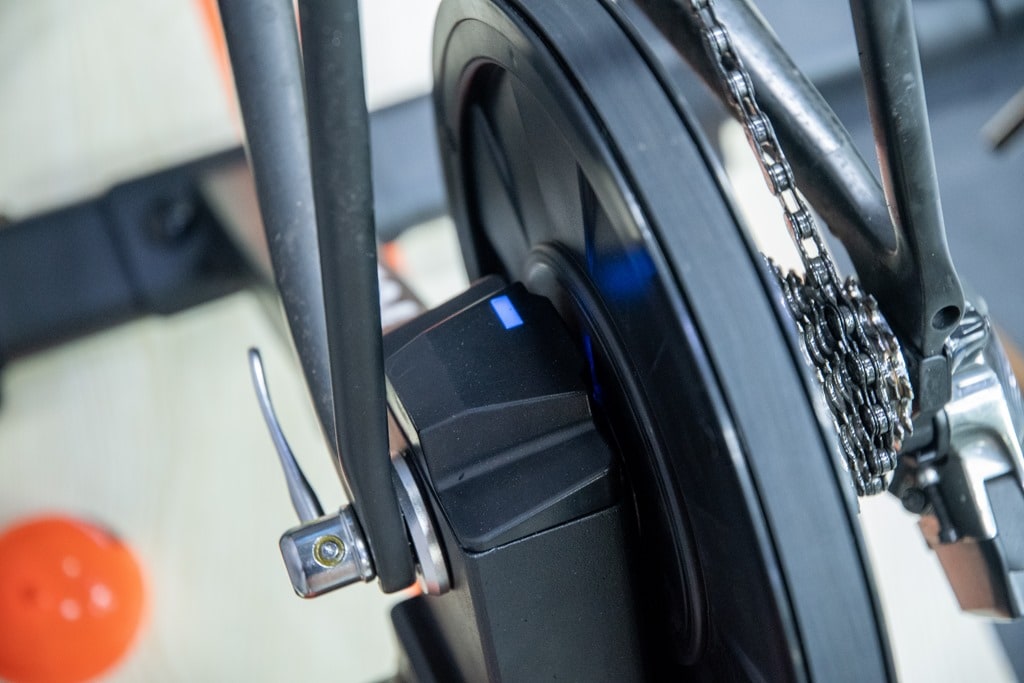

Seat postĬomponent supporting and attaching the seat, inserted to variable depth into the seat tube to adjust the seat’s height. Tube connecting the top of the seat tube with the rear-wheel hub. Part of the frame leaning slightly to the rear, receiving the seat post and joining the pedal mechanism. Mechanism activated by a brake cable, comprising a caliper and return springs it forces a pair of brake pads against the sidewalls to stop the bicycle.

Mechanism for changing the rear gears by lifting the chain from one gear wheel to another it allows the cyclist to adapt to road conditions. Tube connecting the pedal and crank mechanism to the rear-wheel hub. Set of metal links meshing with the sprockets on the chain wheel and gear wheel to transmit the pedaling motion to the rear wheel.

Mechanism for changing the front gears by lifting the chain from one chain wheel to another it allows the cyclist to adapt to road conditions. The pedal is attached to the crank which is the component that the cyclist rotates to spin the chain which in turn provides the bicycle’s power. This is the part that a cyclist places their feet on. If you do forget the name of a part you’ve always got your finger to help point it out. Use the photo and descriptions below as your guide. If this sounds like more work than it’s worth just remember that when you’re interested in everything you will never have a dull day. That’s why we put together an article highlighting all, well almost all, the parts that make up a bicycle. Simply knowing the basic part names can help clear the air and even make you feel more confident about riding your bike. There is a lot of technical jargon in the world of bicycles. Going into a bike shop to purchase a bike or get a tune up can be bewildering it’s as if the employees speak a different language. You might find yourself walking out of a bike shop with something you didn’t actually want. Ever ask for a new “wheel” when all you really needed was a new tire? But whether you’re new to bicycles or not, everyone knows pointing isn’t always the most effective way to communicate. The bicycle is a fascinating machine with many parts – so many, in fact, that a lot people never actually learn the names and just point to an area on their bike when something goes wrong.


 0 kommentar(er)
0 kommentar(er)
